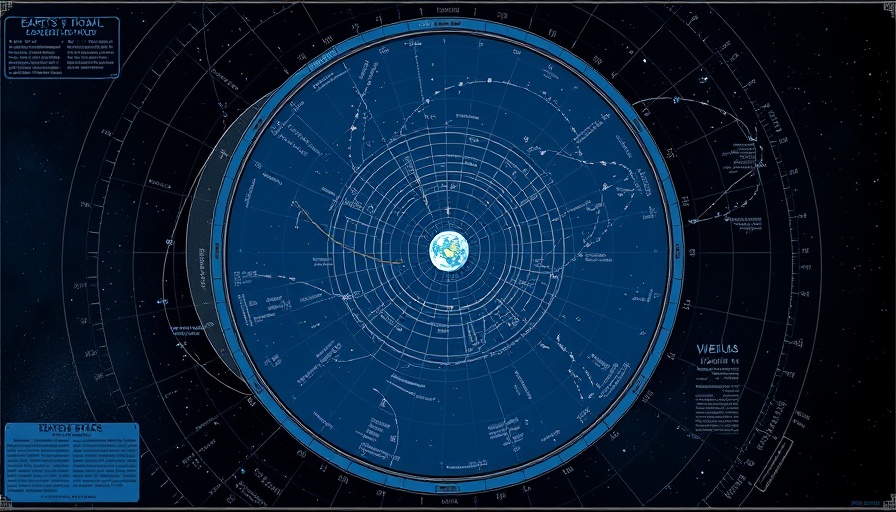
Unveiling the Hidden Threats of Venusian Co-Orbital Asteroids
Recent discoveries suggest that not all asteroids posing a danger to Earth are found in the traditional asteroid belt between Mars and Jupiter. In fact, astronomers have begun to pinpoint asteroids that co-orbit with Venus—an alarming revelation considering these celestial bodies may be dodging detection and could potentially endanger our planet.
Understanding Co-Orbital Asteroids
As noted in a new research paper led by Valerio Carruba from São Paulo University, there are currently twenty known co-orbital asteroids of Venus. While their delicate positioning protects them from making close encounters with Venus, it does not guarantee freedom from colliding with Earth. In essence, co-orbital asteroids are a hidden risk that complicates our understanding of asteroids in near-Earth space.
The Challenge of Detection
One of the pressing issues in determining the threat level these asteroids pose to our planet is their observational challenge. Much of their presence is obscured due to the glare of the sun, making it difficult for telescopes to identify them. Moreover, only one of the twenty known asteroids has an orbital eccentricity below 0.38, suggesting that many may exist with orbits that bring them close enough to Earth to warrant concern.
Why Does It Matter?
Historically, the study of asteroids has focused on entities within the proximity of Earth. However, as our search expands, the potential hazard from asteroids that share orbit with Venus cannot be ignored. They often have unpredictable and chaotic orbits, with scientists estimating their Lyapunov time—the period before an object’s orbit becomes entirely chaotic—can extend up to 150 years.
Future Implications for Space Safety
The study provides a potentially crucial insight: to mitigate risks from asteroids that remain hidden among Venus’s co-orbitals, we must refine our detection techniques. By investing in advanced observational technology and doubling our efforts to track asteroid populations effectively, researchers can provide more robust safety measures for Earth. This can greatly enhance our predictive capabilities regarding potential impacts from these celestial bodies.
Conclusion: Taking Action Against Celestial Threats
As our understanding of the cosmos evolves, so too must our strategies for safeguarding Earth from possible impacts. While identifying Venus's co-orbital asteroids remains challenging, continued research will play an essential role in ensuring the safety of our planet against invisible interplanetary hazards. An actionable future calls for collaboration between scientists and engineers, ensuring we are equipped to confront these hidden threats head-on.
 Add Row
Add Row  Add
Add 




Write A Comment